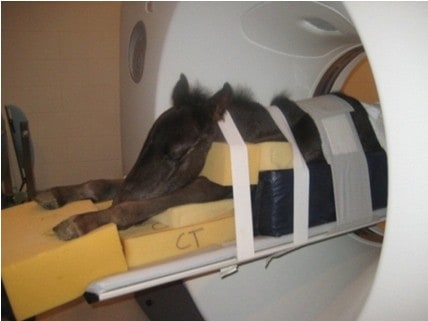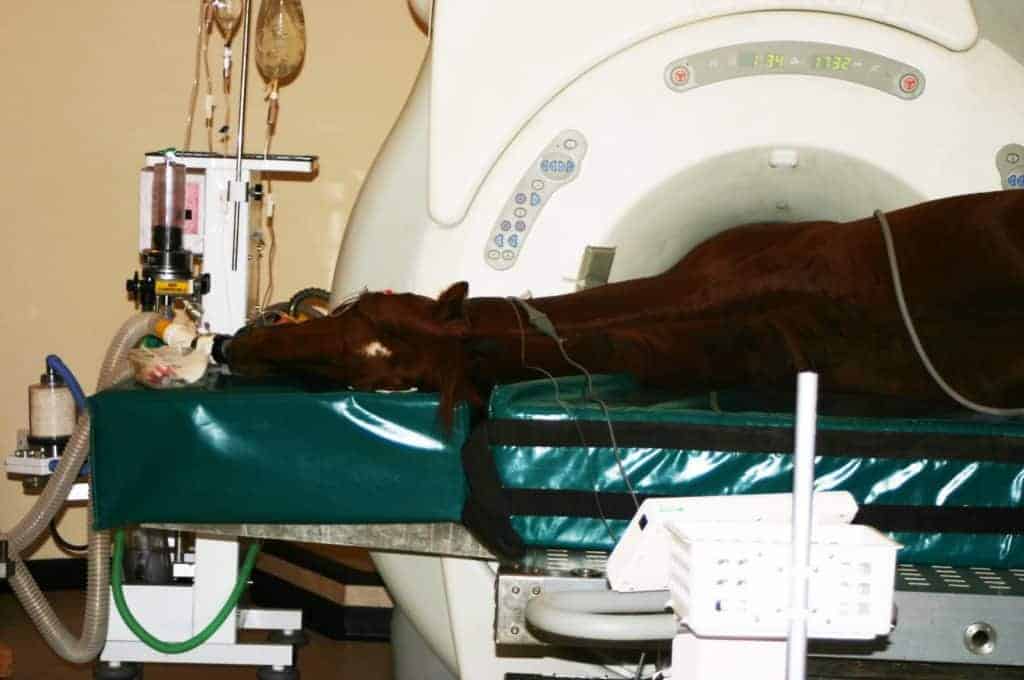
Equine Gait Analysis Takes Step Forward
Researchers used sensors to measure a horse’s movements and quantify limb movement outside a gait laboratory.

Researchers used sensors to measure a horse’s movements and quantify limb movement outside a gait laboratory.
The position will fund Cheetham?s research into diagnosing and treating recurrent laryngeal paralysis.

The field protocol is designed to be low-risk, efficient, economical, and effective in identifying lesions.
The nuclear medicine unit will allow veterinarians perform state-of-the-art bone scans on horses.

Veterinarians are taking a page from human medicine books by using CT to evaluate pulmonary disease in foals.

Moving air can have a significant effect on thermographic readings of horses’ front legs, researchers say.

Researchers tested Doppler ultrasonography to detect vasoconstriction due to endophytic alkaloid consumption.

More than 50% of horses in a thermography study showed hot spots under saddles after 15 minutes of exercise.

Vets evaluated the potential application of dynamic endoscopy when examining Thoroughbred yearlings.

Researchers identified what ultrasound settings achieve adequate temperature increases to be therapeutic.

One vet said multiple abnormalities could contribute to hoof lameness, rather than just one problem.

How a horse stands during X rays might influence how vets interpret images when diagnosing kissing spines.

Dr. Monty McInturff of Tennessee Equine Hospital shares the most important things he thinks horse owners should know about magnetic resonance imaging (MRI) as a diagnostic tool.

One veterinarian described the steps involved in conducting an ultrasound examination of the equine lungs.

How a horse is positioned while X rays are taken significantly affects joint balance, researchers say.

Researchers say MRI is invaluable for identifying suspensory ligament lesions and sesamoid bone damage.
Stay on top of the most recent Horse Health news with
"*" indicates required fields